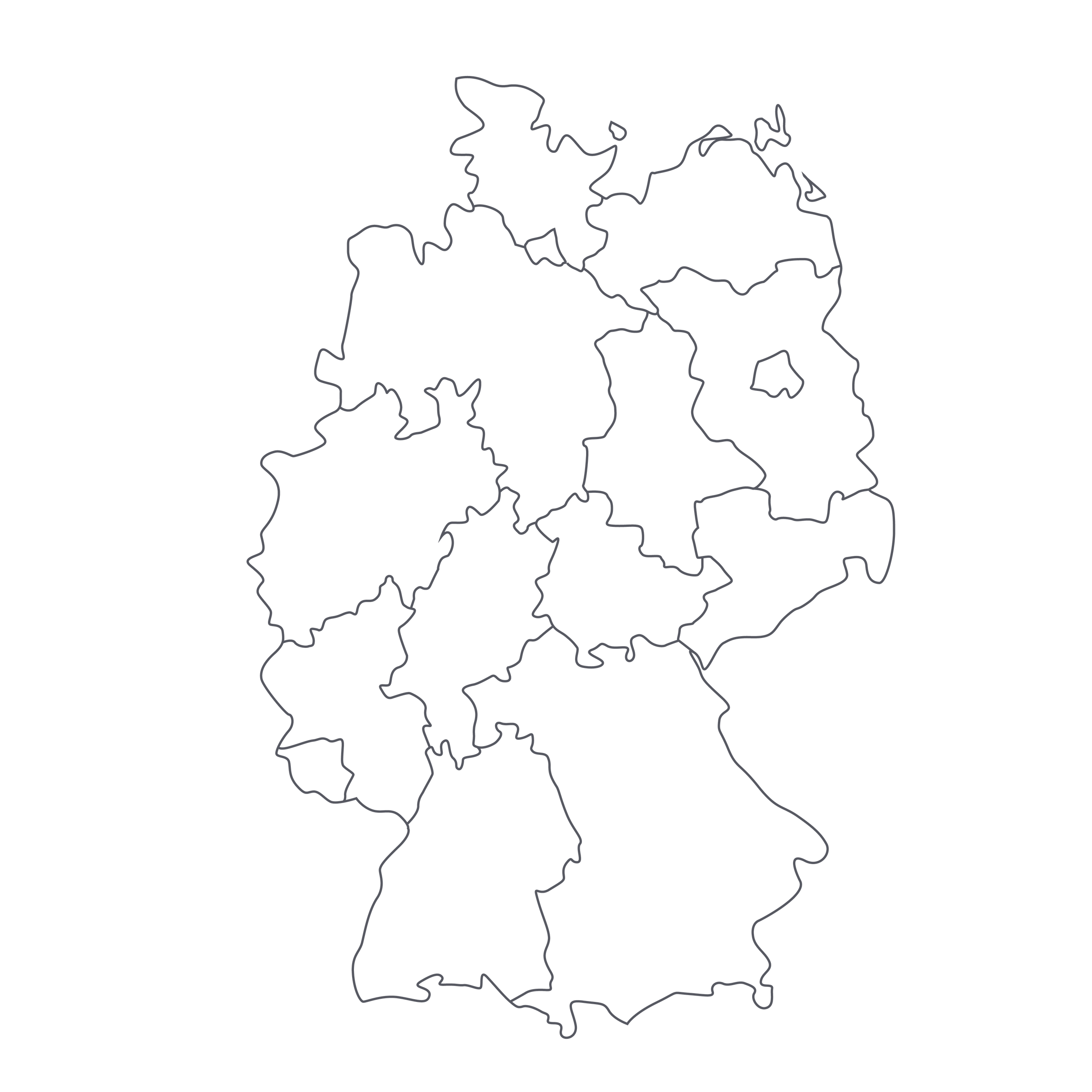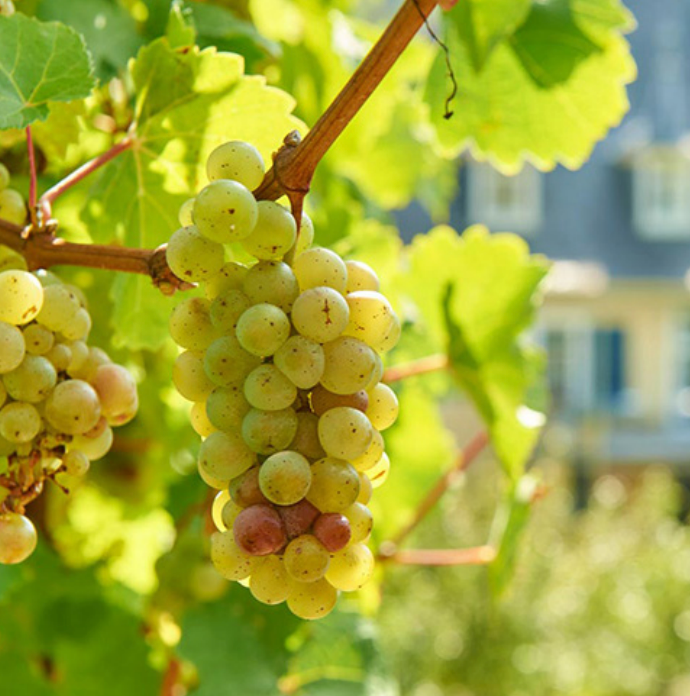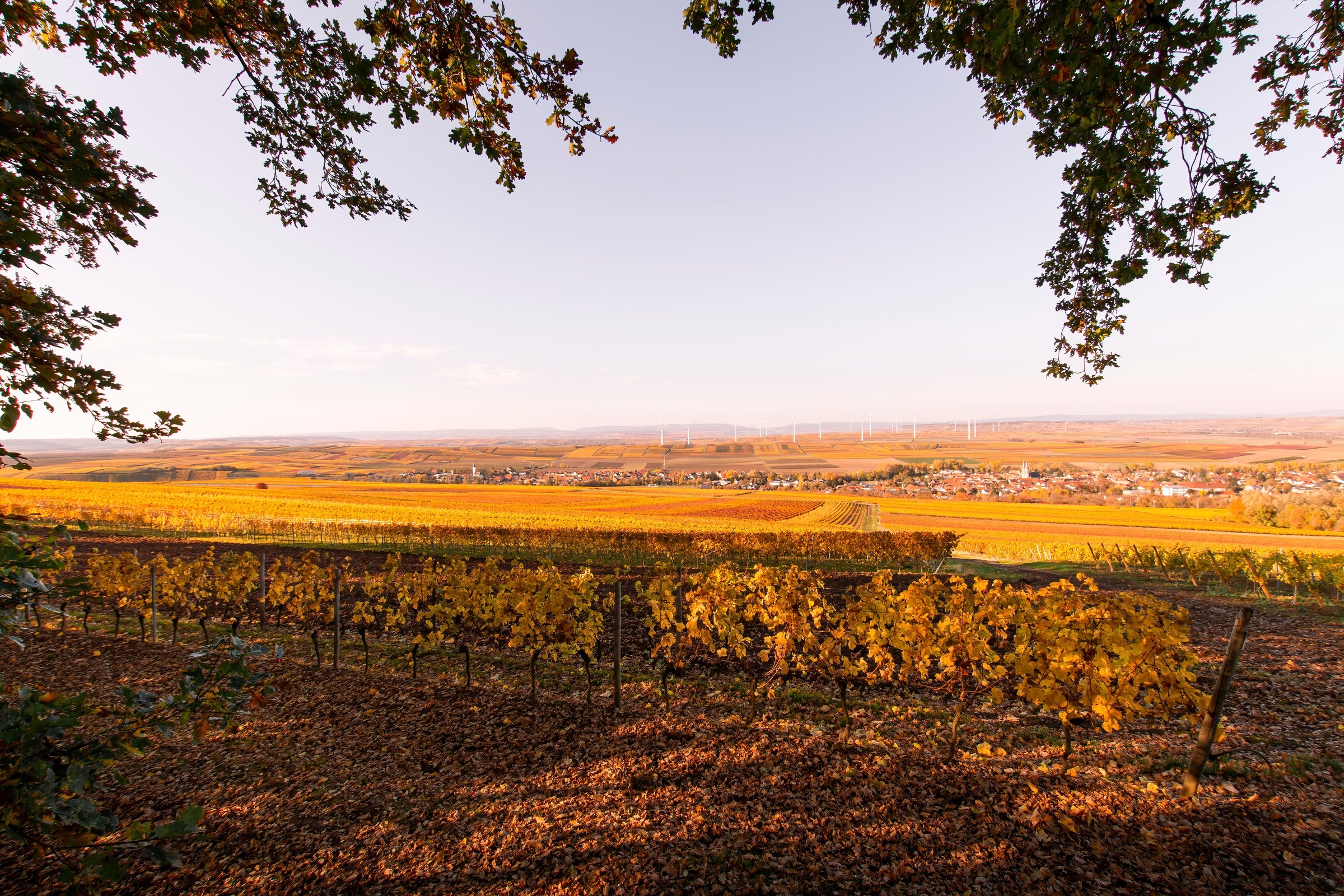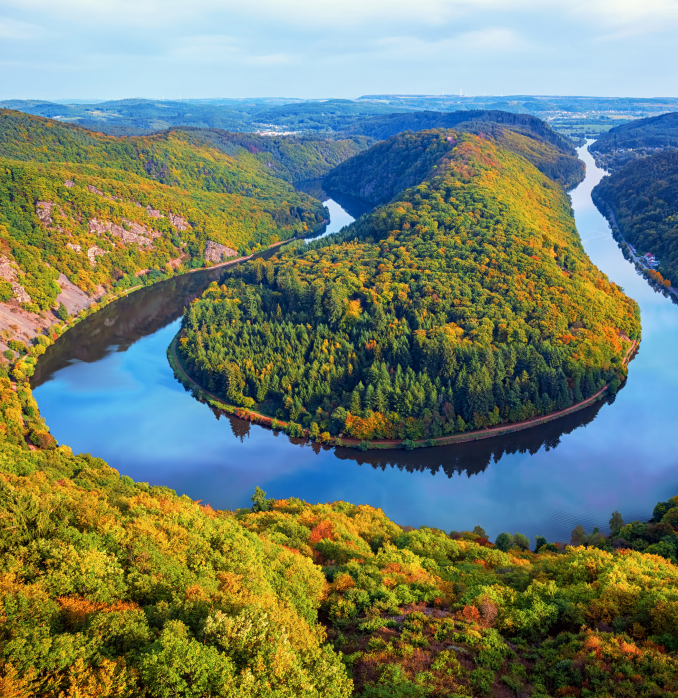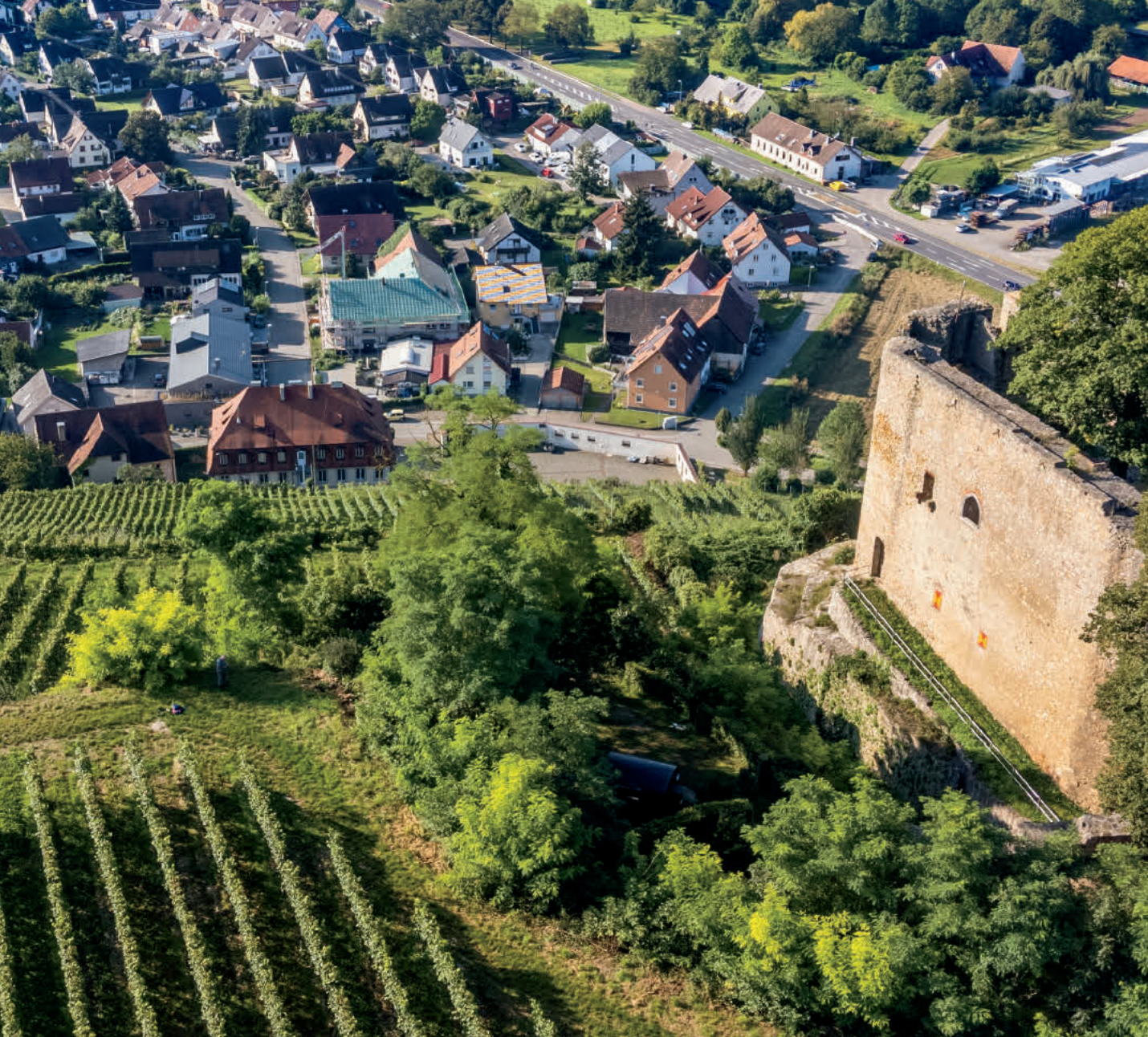I had the pleasure of visiting Weingut Robert Weil a few years ago, and when standing on their roundabout drive in Kiedrich, the majestic hillside vineyard of Gräfenberg was in full sight. The vineyard itself dates back to the 12th Century, but the estate of Robert Weil, founded in 1875, is considered a youngster in comparison to some of its ancient neighbors.
Still, Weil is recognized as one of the greatest Riesling producers in Germany, let alone the Rheingau. The wine here screams of the terroir and is always characterized by magnificent density and weight. Rheingau Rieslings like this one are the brawnier brothers of those from the Mosel, and Weil’s 2006 Spätlese (“late picked”) is billionaire-rich yet precise and finely etched at the same time. Tack on several years of bottle age and you experience a range of aromatic and textural sensations that only great German Riesling can deliver. I was astounded when I was able to secure an allocation of this direct-from-the-cellar white at this price, which is as good as it gets for this producer, vineyard, and vintage. If you are a Riesling collector, or just an enthusiastic Riesling lover, this is a must-have.
Rheingau-based Weingut Robert Weil was founded in 1875 in the small town of Kiedrich, along the Taunus Mountain Range just a short drive southwest of Hamburg. When German Riesling is the topic of conversation, it’s commonplace for the region of Mosel to be first mentioned, but when it comes to loyalty for the grape, Rheingau is at the forefront. With nearly 80% of its vineyards planted to Riesling, it’s dedication far exceeds all other German regions (to put this in perspective, Napa Valley is planted to about 43% Cabernet). Every owned acre of Robert Weil is planted to Riesling and their three most prized sites are “Turmberg” (a monopole), the famous “Klosterberg,” and today’s “Gräfenberg,” their flagship vineyard.
The steep gradient (up to 60%) of Gräfenberg promotes healthy drainage and the soil here is full of loess and loam that sits on top of a slate base. The growing season of 2006—one of the hottest on record—was full of trials and tribulations they relished; they want Riesling to struggle, in a sense. In order to pick only the finest grapes, their team of 80 pickers made 17—I repeat, 17—passes through the vineyard over a series of weeks, working 14-18 hours per day; selective harvest to the extreme. In the winery, the process is minimal intervention from start to finish: Pressing, fermentation, aging (a mixture of stainless steel and oak barrels), and bottling all occur gently, with as few hands as possible. Their state-of-the-art winery is flawless; not one item is out of place or overlooked and this attention to detail is reflected in their wines.
In the glass, Weil’s ‘06 Gräfenberg Spätlese displays a deeply concentrated yellow core with dark gold reflections. The aromas are powerful, seductive, and lasting, with a strong note of petrol followed by ripe yellow fruits and zippy lemon-lime zest. Notes of oyster shell, golden apple, canned pineapple, honeysuckle, yellow flowers, stewed peach, crushed stone, delicate spices, and citrus blossoms further complement the wine’s naturally sweet core. The palate is rich, mouth coating, and medium-plus bodied, despite the 8% alcohol. But, like all world-class Spätlese-level Riesling, you’ll be scratching your head at the refreshing, palate-cleansing lift the acid brings to this 12-year-old wine. Drink in Riesling or Burgundy stems with a brief 30 minute decant around 55-60 degrees. Keep in mind, I was thoroughly impressed with its performance the very next day (you can thank the acid and sugar for its preservation) so there isn’t a need to rush this beauty after opening. If kept well, it will go another 7-10 years, and whenever a world-class German Riesling like this is in the mix, I gravitate to Asian preparations with a touch of heat, like the attached Pad Thai recipe. What a combination!


